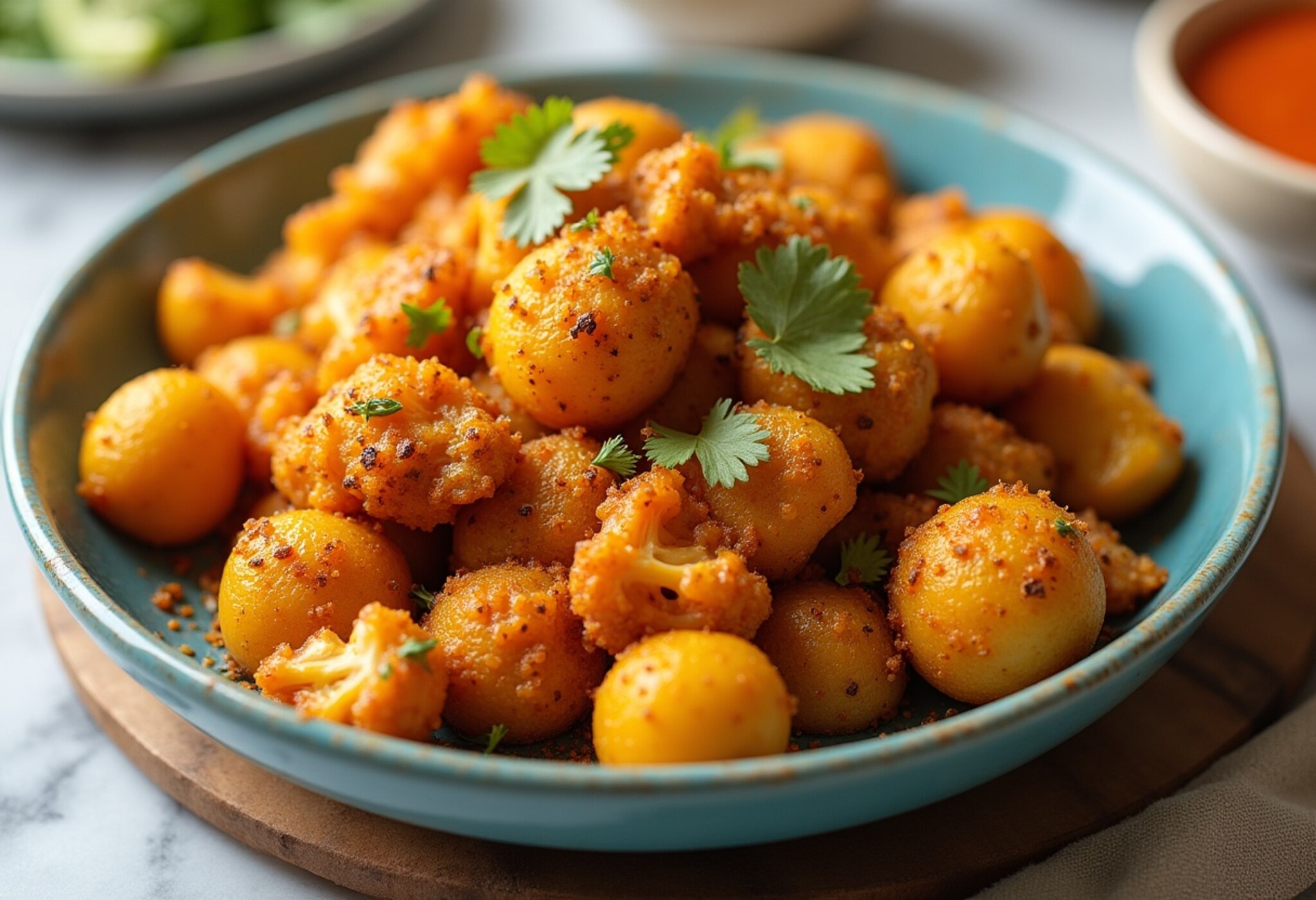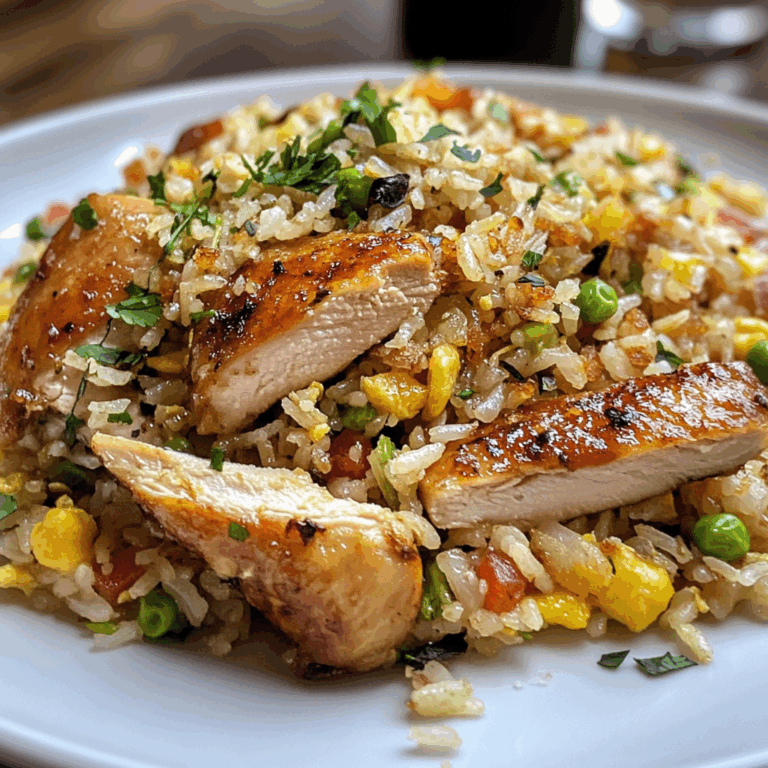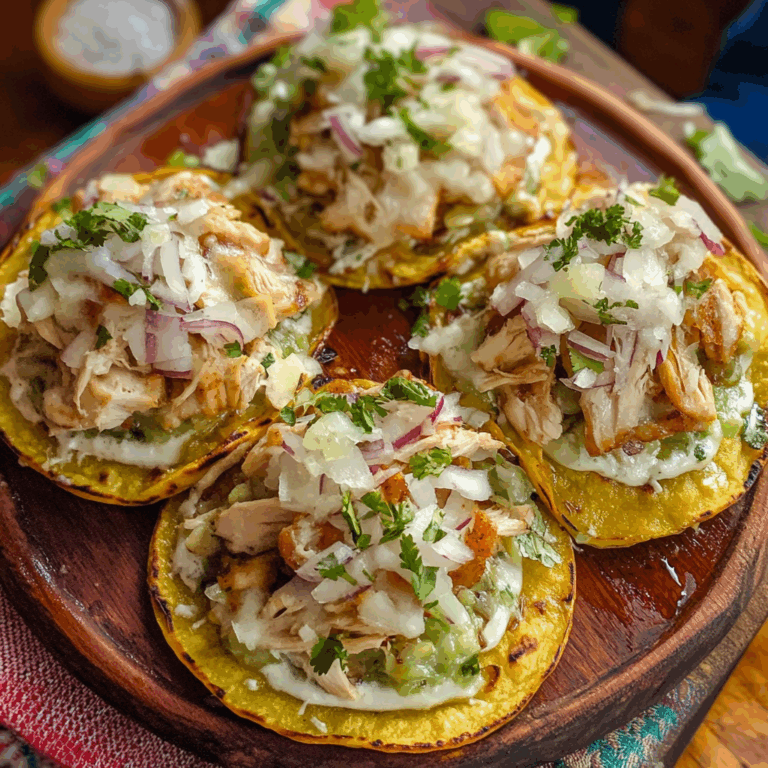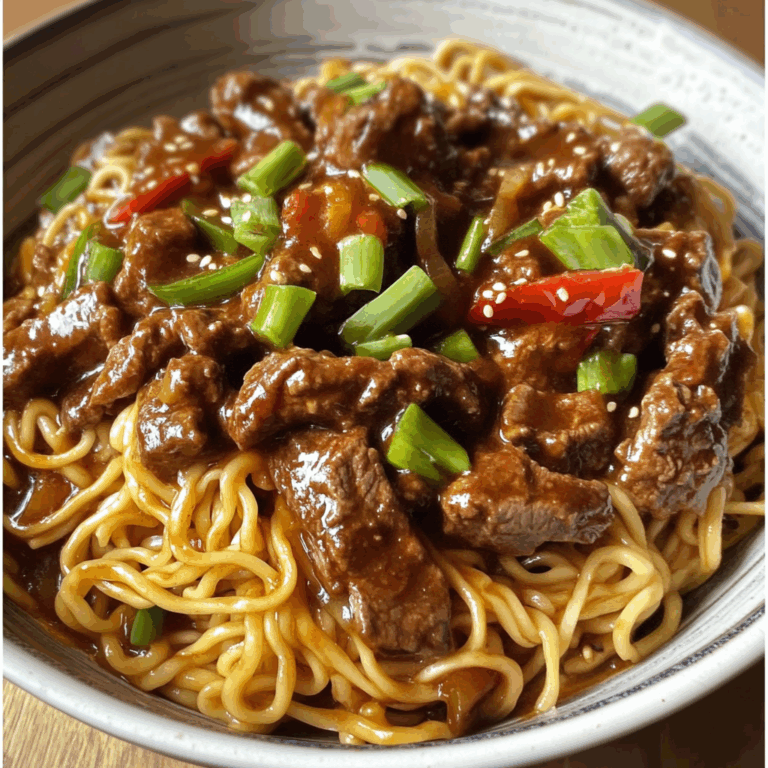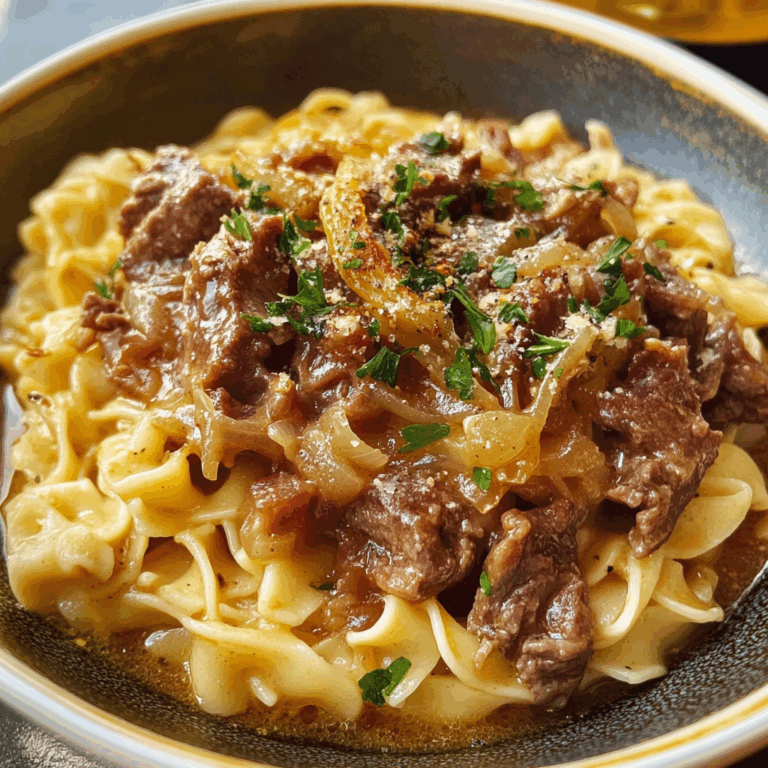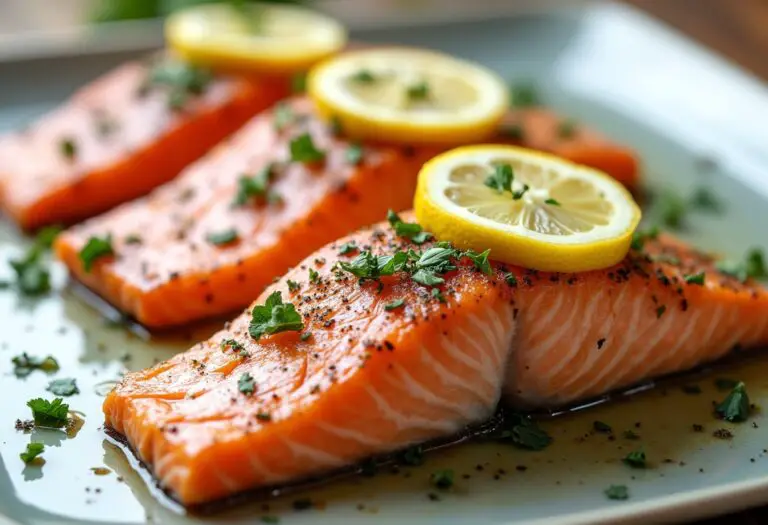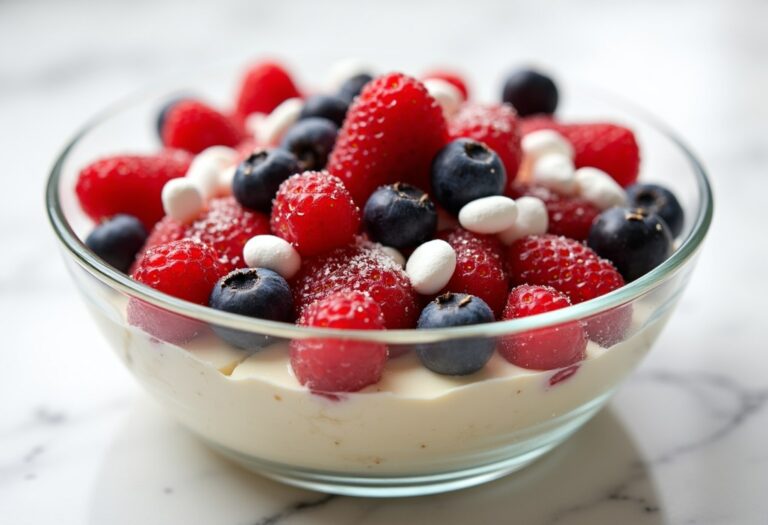Delectable Aloo Gobi: A Flavorful Vegetarian Delight
Aloo Gobi, the beloved Indian vegetarian dish, has captivated the hearts and taste buds of food enthusiasts worldwide. This vibrant and flavorful combination of potatoes and cauliflower is a true culinary gem, effortlessly blending the comforting essence of home-cooked meals with the allure of exotic spices.
Whether you’re a seasoned Indian cuisine aficionado or seeking to expand your culinary horizons, Aloo Gobi promises to transport you on a delightful journey of flavors. From its aromatic spices to the delectable interplay of textures, this dish is a testament to the rich culinary heritage of the Indian subcontinent.
❤️ Why You’ll Love This Recipe ❓
Aloo Gobi stands out as a true crowd-pleaser, captivating taste buds with its harmonious blend of flavors and textures. The tender, melt-in-your-mouth potatoes perfectly complement the crisp-tender cauliflower florets, creating a symphony of deliciousness in every bite.
What sets this recipe apart is its accessibility and versatility. With readily available ingredients and a straightforward preparation process, Aloo Gobi can be easily whipped up in the comfort of your own kitchen, making it an ideal choice for busy weeknights or leisurely weekend meals. Moreover, the recipe lends itself well to various dietary preferences, allowing you to adapt it to suit your nutritional needs without compromising the authentic flavor profile.
🛒 What You Need to Prepare Aloo Gobi ❓
• 1 medium-sized cauliflower, cut into florets
• 2 tablespoons oil (vegetable, canola, or coconut oil)
• 1 teaspoon cumin seeds
• 1 onion, finely chopped
• 3 cloves garlic, minced
• 1 teaspoon grated ginger
• 1 teaspoon ground coriander
• 1 teaspoon ground cumin
• 1 teaspoon chili powder (or to taste)
• 1 teaspoon garam masala
• Salt to taste
• 2 tablespoons chopped cilantro (for garnish)
The beauty of this Aloo Gobi recipe is that most ingredients are pantry or freezer staples. The combination of potatoes, cauliflower, and a blend of aromatic spices creates the Indian-inspired flavor profile that has made this dish a perennially popular choice.
📝 How to Make Aloo Gobi Step-by-Step ❓
• Step 2: Add the chopped onion and sauté for 2-3 minutes until translucent. Then, add the minced garlic and grated ginger, and sauté for an additional minute until fragrant.
• Step 3: Add the cubed potatoes and cauliflower florets to the skillet. Sprinkle with ground coriander, ground cumin, chili powder, and garam masala. Season with salt to taste.
• Step 4: Stir to coat the vegetables evenly with the spices. Cover the skillet and let the vegetables cook for 12-15 minutes, stirring occasionally, until the potatoes are tender and the cauliflower is crisp-tender.
• Step 5: Uncover the skillet and continue cooking for an additional 2-3 minutes to allow any excess moisture to evaporate, resulting in a dry, flavorful dish.
• Step 6: Remove the skillet from heat and garnish the Aloo Gobi with the chopped cilantro. Serve hot, accompanied by warm naan or basmati rice.
⏱️ Timing Overview
• Cooking time: 20 minutes
• Total time: 35 minutes
Compared to traditional curries that can take up to an hour to prepare, this Aloo Gobi recipe saves you significant time while delivering similar flavors, making it an excellent choice for busy weeknights or when you’re craving a quick, satisfying meal.
👩🏻⚕️ Nutritional Information
Per serving (based on 4 servings):
• Protein: 5g
• Carbohydrates: 34g
• Fat: 8g
• Fiber: 6g
• Sodium: 343mg
These Aloo Gobi provide approximately 15% of your daily vitamin C requirements and 10% of your daily vitamin K needs, making them not just delicious but nutritionally valuable as well.
🔄 Healthier Alternatives for the Recipe
• Lower-carb version: Substitute half the potatoes with diced cauliflower or zucchini to reduce the carbohydrate content.
• Dairy-free adaptation: Omit the butter or ghee and use a plant-based oil instead, such as coconut or avocado oil.
• Added protein: Mix in a can of drained and rinsed chickpeas or lentils for an extra protein boost.
• Boost vegetables: Add chopped spinach, kale, or bell peppers for additional nutrients and fiber.
These modifications can reduce calories by up to 20% or adapt the recipe for specific dietary needs without compromising the fundamental flavor profile of the Aloo Gobi.
🍽️ Serving Suggestions
• Pair Aloo Gobi with a cooling raita or mint chutney for a balanced and refreshing accompaniment.
• Complement the dish with a simple green salad or a lentil soup for a well-rounded vegetarian dinner.
❌ Common Mistakes to Avoid
• Undercooking the potatoes: Make sure the potatoes are tender and easily pierced with a fork before removing the dish from heat.
• Forgetting the spices: Ensure that the spices are evenly distributed throughout the dish to achieve a harmonious flavor profile.
• Letting the dish become too dry: Be mindful of the cooking time and add a splash of water if the vegetables start to stick or dry out excessively.
• Skipping the tempering step: Toasting the cumin seeds in oil at the beginning is crucial for unlocking their aroma and flavor.
🧊 Storing Tips for the Recipe
These Aloo Gobi retain their quality remarkably well:
• Freezing unbaked: Prepare the dish up to the point of cooking, then transfer it to a freezer-safe container. Freeze for up to 3 months. Thaw in the refrigerator overnight before cooking.
• Freezing baked: Allow the cooked Aloo Gobi to cool completely, then transfer it to a freezer-safe container or bag. Freeze for up to 3 months. Thaw in the refrigerator overnight and reheat in the oven or on the stovetop until heated through.
• Reheating: Reheat the Aloo Gobi on the stovetop over medium heat, adding a splash of water if needed to prevent drying, until warmed through and the vegetables are tender.
❓ FAQs
Can I prepare Aloo Gobi in advance?
Yes, Aloo Gobi is an excellent make-ahead dish. You can prepare the entire recipe up to 3 days in advance and store it in the refrigerator in an airtight container. Simply reheat it on the stovetop or in the oven before serving.
Can I substitute other vegetables for the potatoes or cauliflower?
Absolutely! The beauty of Aloo Gobi is its versatility. You can substitute the potatoes with diced sweet potatoes or yams, and the cauliflower with broccoli, green beans, or even diced zucchini. The key is to adjust the cooking time as needed for the different vegetables.
Is Aloo Gobi suitable for vegetarian or vegan diets?
Yes, Aloo Gobi is naturally vegetarian, and it can be easily adapted for vegan diets by omitting any dairy products, such as ghee or yogurt, and using a plant-based oil instead.
Why is my Aloo Gobi turning out mushy?
Overcrowding the pan or not letting the excess moisture evaporate can lead to a mushy texture. Make sure to cook the vegetables in batches, if necessary, and allow the dish to cook uncovered towards the end to dry it out and achieve the desired texture.
Can I add meat or paneer to Aloo Gobi?
Absolutely! For a non-vegetarian version, you can add cubed chicken, shrimp, or paneer (Indian cottage cheese) to the dish. Adjust the cooking time as needed to ensure the meat or paneer is cooked through.
Conclusion
These Aloo Gobi represent the perfect balance of convenience, flavor, and presentation. Whether you’re serving them as a main course or a side dish, they’re sure to impress with their aromatic spices, tender potatoes, and crisp-tender cauliflower. The versatility of this recipe allows for countless variations to suit your taste preferences and dietary needs.
With simple ingredients and straightforward preparation, these Aloo Gobi demonstrate that sophisticated flavors don’t require complicated techniques – just quality ingredients and a little bit of care in the cooking process. So, gather your ingredients, fire up the stovetop, and embark on a delightful culinary journey with this classic Indian dish.

